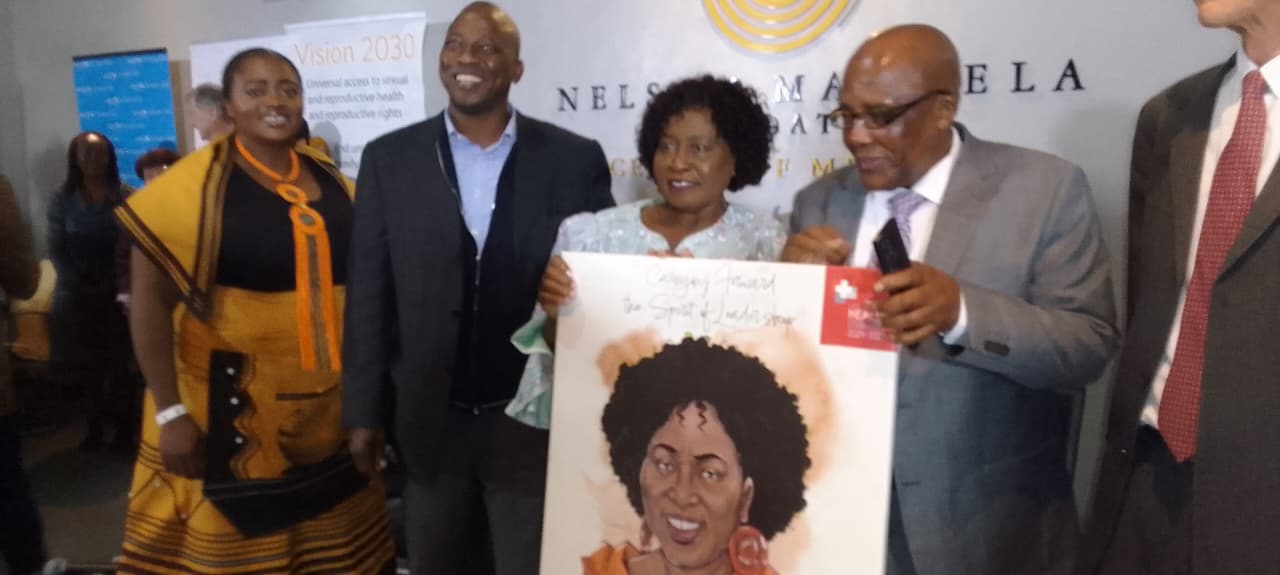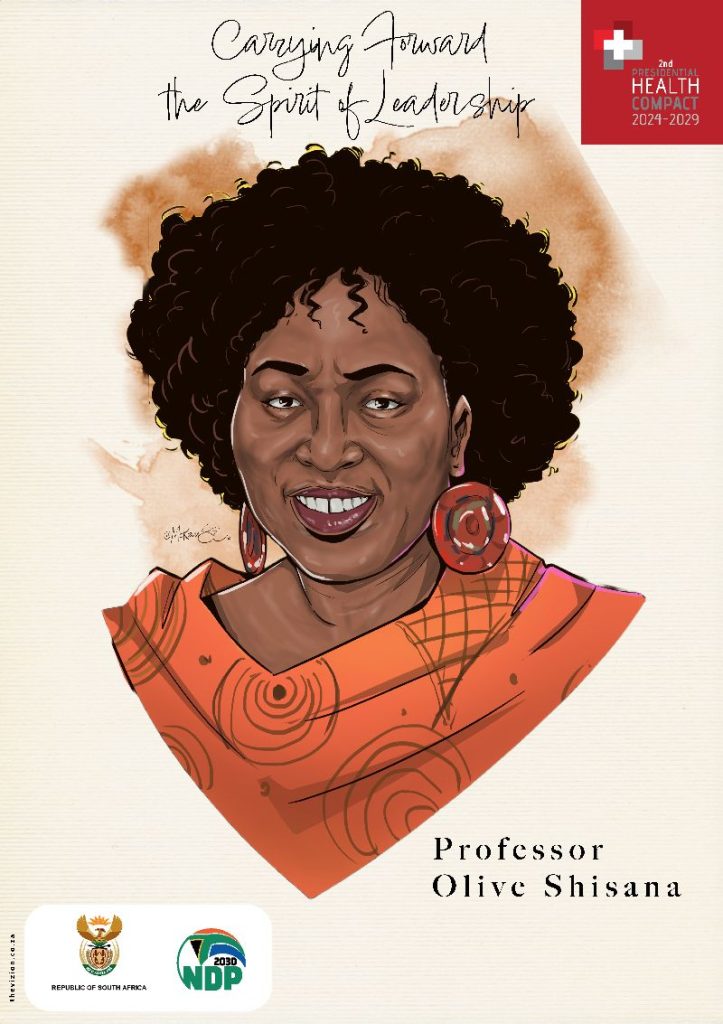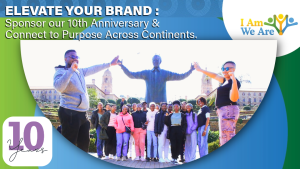This update summarises the key themes and important ideas presented in the provided excerpts from the “NHI_Exec_Summary_19th_January_2025”. The document outlines the proposed digital communications campaign designed to support the acceleration of the National Health Insurance (NHI) in South Africa, with a particular focus on strengthening the health workforce.
The campaign aims to educate and inform the public and healthcare sector about NHI developments and benefits through illustrated and animated content in local vernacular languages. The initiative is driven by the Health Minister, Aaron Motsoaledi, despite reported opposition from the private sector.
Key Themes and Most Important Ideas/Facts:
1. NHI Implementation is Proceeding Despite Opposition:
- The document explicitly states that the “Health Minister Aaron Motsoaledi has made it clear that the NHI is moving ahead despite opposition from the private sector.” This is a critical starting point, indicating a commitment to the NHI’s implementation regardless of external resistance.
- The reference to the EWN article (https://www.ewn.co.za/2025/01/15/da-questions-motsoaledi-continuing-to-push-nhi-despite-crippling-doctor-unemployment-in-sa) provides context, highlighting that the Minister’s continued push for NHI is being questioned in light of other challenges in the health sector.
2. Integration of Public Health Care into NHI Framework:
- The document emphasises that “integrating Public Health Care into the NHI framework requires a multifaceted approach that addresses infrastructure, preventive care, community engagement, technology, collaborative care models, performance measurement, and public-private partnerships.” This indicates a broad strategy for incorporating existing public health resources and services into the NHI system.
3. Digital Communications Campaign as a Key Tool:
- A central element of the strategy is the utilisation of a digital communications campaign. The submission “aims to utilise illustrations and animations that are produced in local vernacular languages to recruit, educate and inform both the public and the health care sector about the developments and benefits of the NHI following the 2nd Presidential health compact.” This highlights the intention to use accessible and engaging multimedia content to communicate key messages.
- The campaign will involve scripting, storyboarding, and producing 20 x 3-4 minute animated explainers, with expansion to posters and digital applications.
4. Focus on Strengthening the Health Workforce (PILLAR 1: Purpose – “Augment Human Resources for Health Operational Plan.”):
- This pillar is identified as a priority, particularly due to “devastating losses from the COVID-19 pandemic and the increasing pressure on the workforce due to the growing burden of disease, especially non-communicable diseases.”
- The objective is to address the challenge of a shrinking fiscal environment making it difficult to absorb and retain the health workforce in both state and private sectors.
- The campaign aims to “strengthen the health workforce through strategic recruitment, training, and retention initiatives, whilst ensuring adequate numbers of skilled healthcare professionals that are available to be recruited and trained to deliver quality care across all levels of the health system.”
5. Key Objectives of the Digital Campaign for Workforce Strengthening:
The campaign outlines specific objectives: * Increase the Health Workforce: Through assessments, expanding training capacity, targeted recruitment, and exploring innovative delivery models like task shifting and telemedicine. * Improve Workforce Competencies: Via continuous professional development and promoting interprofessional collaboration. * Enhance Workforce Retention: By creating supportive work environments, offering competitive compensation, implementing performance management, and providing opportunities for career advancement. * Strengthen Workforce Planning and Management: Through robust planning tools and efficient human resource management systems.
6. Communications Strategies for Workforce Development:
The campaign proposes several strategies to achieve workforce goals through communication: * Collaborations with Academic Institutions: Partnering to align training with workforce needs. * Investment in Workforce Development: Highlighting the allocation of resources for training and mentorship. * Promotion of Fair Labor Practices: Emphasising fair wages and working conditions. * Leveraging Technology: Showcasing the use of technology to improve efficiency. * Strengthening Workforce Data Systems: Promoting investment in data collection and analysis. * Fostering Partnerships: Collaborating with various organizations.
7. Emphasis on Preventive Care and Equity:
- The document notes that the campaign will be developed over 3-6 months whilst “Emphasising Preventive Care and Equity.”
- Promoting preventive care is considered “essential in reducing the burden on the healthcare system and thus reducing the costs to the NHI Fund.”
- The campaign will develop education and awareness campaigns on lifestyle modifications, early detection, and immunisation to prevent illnesses, ultimately reducing healthcare costs. An example message provided is: “Is It Time for Your Health Check-Up? Don’t wait! Regular check-ups can help catch issues early. Schedule yours today! Visit www.BonganiRegionalHospital-NHI.gov.za”
8. Investment in Infrastructure and Resources:
- The campaign also aims to communicate the “Investment in Infrastructure and Resources.”
- A key aspect of integrating PHC into the NHI framework is ensuring and communicating that “NHI Accelerated health facilities are adequately equipped and staffed.” This involves highlighting well-maintained clinics, community health centers, and mobile health units with essential equipment and competent staff.
9. Monitoring and Evaluation:
- The campaign includes a plan for monitoring and evaluation. “Clear performance indicators will be established to track progress… in the form of capturing commentary and feedback as the storylines unfold thru various digital platforms…”
- Regular monitoring and evaluation mechanisms will be implemented to assess the impact of interventions and identify areas for improvement, using data and feedback to refine strategies.
10. Communication of Sustainability:
- Communication of sustainability is considered crucial, focusing on:
- Development of a long-term vision for human resources for health.
- Provision of measurable incentives and testimonials to promote sustainable funding.
- Building and Development of strong partnerships with key stakeholders.
In Conclusion:
The provided excerpts outline a proactive digital communications campaign designed to build support for the NHI in South Africa, with a strong emphasis on addressing the critical issue of health workforce strengthening. The campaign will leverage accessible multimedia content in local languages to inform and educate both the public and healthcare professionals, aiming to increase workforce numbers, improve competencies, enhance retention, and strengthen planning and management. Simultaneously, the campaign will promote preventive care, highlight infrastructure development, and communicate the sustainability of the NHI initiative. The campaign’s success will be monitored and evaluated through feedback and data analysis, allowing for strategy refinement. The document clearly indicates the government’s commitment to moving forward with the NHI despite facing opposition.










